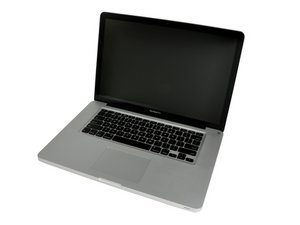Second hard drive not working properly
So I bought a drive caddy and an SSD for my Mac,
I put the SSD in the drive bay, and moved the 1 TB drive to the caddy and replaced the optical drive.
When I power the machine on, the drive appears to be functioning properly, but when I try and open it in finder it locks up on me.
Disk utility seems to lock up on startup, and when It does eventually load it has problems verifying the drive.
When I drag a file to it, it gives me error code 50.
I figured I cheaped out on my caddy and got a faulty one. So I went and ordered the expensive OWC one.
Now the drive spins up, but refuses to function beyond that. The drive functions perfectly using a USB/SATA dock, but not inside the macbook.
I am at a loss here
Это хороший вопрос?


 1
1 
 1,1к
1,1к  2,6к
2,6к 

